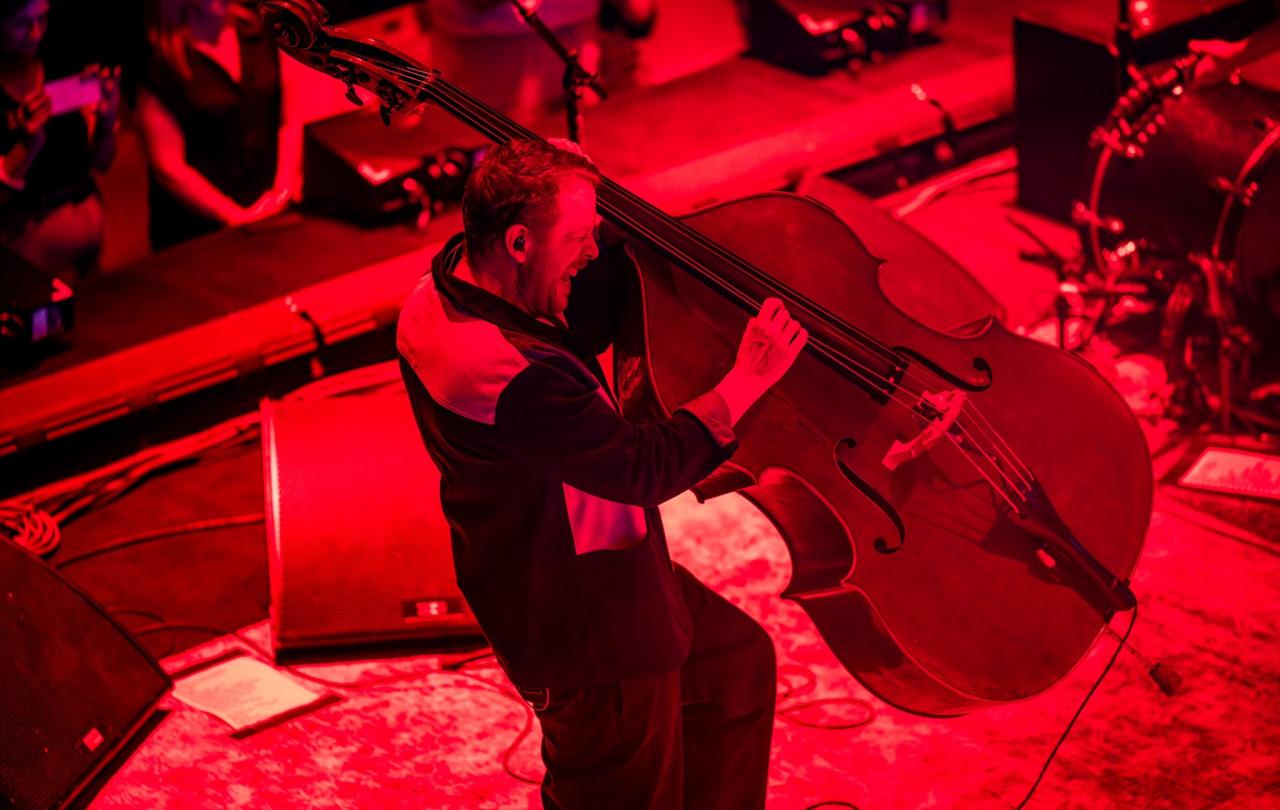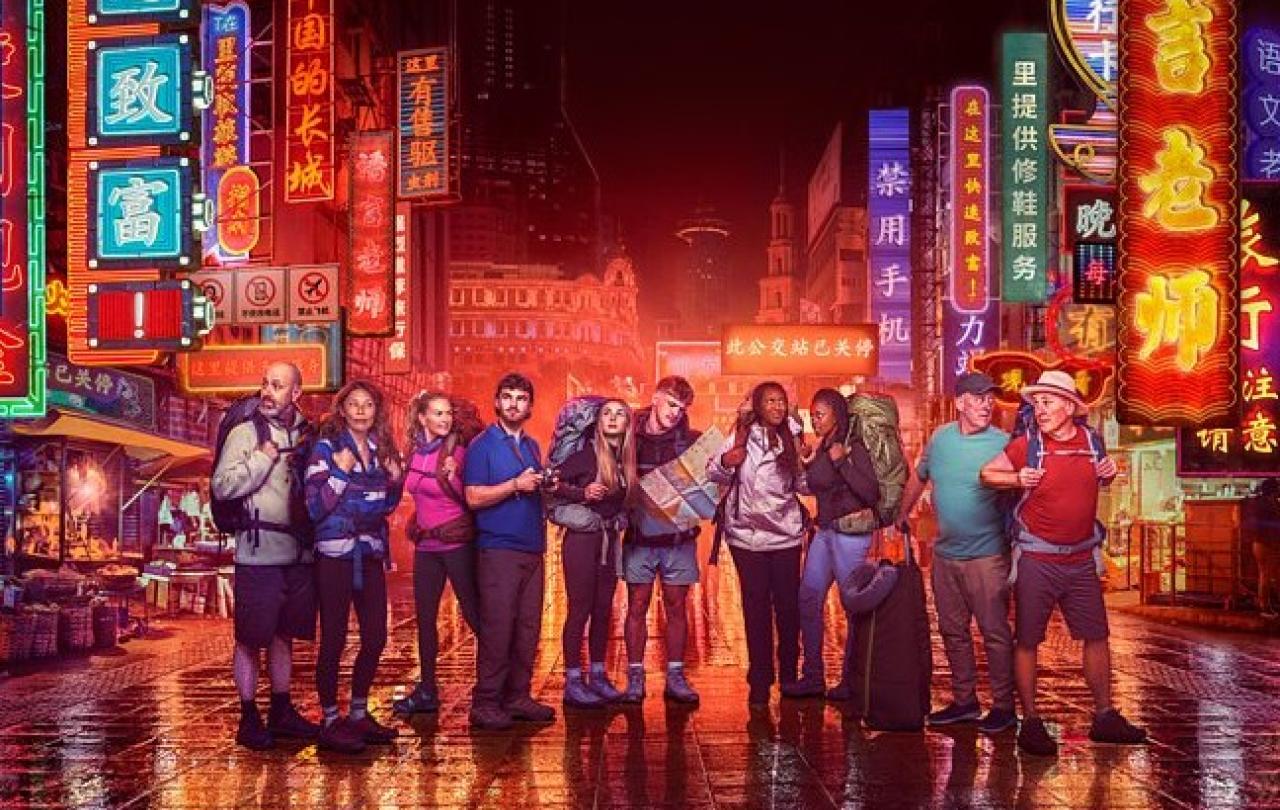
“Serve God, love me, and mend” must rank as one of the more unexpected openings to a hugely popular album in the history of rock ‘n’ roll. A quote from Shakespeare’s Much Ado About Nothing, it introduces us to the potent mix of Shakespearean and Biblical allusion and imagery to be found on Mumford and Sons debut album Sign No More.
Sigh No More, both as song and album, begins with confident assertions of faith then moves into acknowledgement of human fallibility and prevarication summed up in the Shakespearean phrase that “Man is a giddy thing” before asserting that love does not enslave but is freeing, enabling those who know it to become the people they were meant to be. The song ends with a prayer to see the beauty which will come when the protagonist’s heart is truly aligned with love. Throughout the album, the overriding concern is that personal fallibilities and fears – the darkness within – will prevent grace from having its full effect and the beauty of alignment with love from being fully realised.
In many Mumford and Sons songs such personal instability is the problem to be resolved; “Man is a giddy thing”, “Why do I keep falling?”. Their search is often for the relationship or place that will provide stability:
I can't say, "I'm sorry," if I'm always on the run
From the anchor (‘Anchor’)
‘Roll Away Your Stone’ describes the darkness within as a God-shaped hole filled with false gods:
See you told me that I would find a hole
Within the fragile substance of my soul
And I have filled this void with things unreal
And all the while my character it steals
but this is not how life has to be:
It seems that all my bridges have been burned
But, you say that's exactly how this grace thing works
It's not the long walk home
That will change this heart
But the welcome I receive with the restart
Lead singer and songwriter Marcus Mumford knows how this grace thing works because, on the one hand, his parents founded the Vineyard Church UK and Ireland meaning he grew up in the context of grace and, on the other, he seems to have experienced grace personally in relation to the sexual abuse he suffered as a child (which was not experienced in his family or his church). In ‘Grace’ from his self-titled solo album he contrasts grace, flowing like a river, with the experience of acknowledging the abuse he endured and the healing for which he prays.
Such biblical allusions and references abound in the songs of Mumford and Sons, as is also the case with some of those with whom they performed, supported or inspired. The Nu-folk movement of which the Mumford’s were part, began at a club called Bosun’s Locker in Fulham. There, with the likes of Laura Marling, Noah and the Whale, and others, their musical journey commenced. Noah and the Whale’s first album Peaceful, the World Lays Me Down featured philosophical rumination on a par with that of Sigh No More including lines such as:
Oh, there is no endless devotion
That is free from the force of erosion
Oh, if you don't believe in God
How can you believe in love?
Following the closure of Bosun’s Locker, Ben Lovett from Mumford and Sons, with others, set up Communion Records, a network of musicians, songwriters, industry and music fans who all share a common philosophy and set of ideals. Among the artists supported by Communion have been Bear’s Den and Michael Kiwanuka.
Bear’s Den is one of several bands, which also included Dry the River, that have used religious and spiritual symbols in their songs. Andrew Davie from Bear’s Den has said: “I wouldn't say I'm particularly religious, but I was brought up going to church every Sunday, I studied a bit of religion in school and just from going to Sunday school, it's almost that I know the stories so well, that I find it a cool way of telling more modern and more nuanced stories about my own life. As a backdrop to that I find it just constantly helpful and it's quite a powerful way to talk about things. It adds weight to me.” Similarly, Matthew Taylor of Dry the River said of the theological imagery in lead singer Peter Liddle’s songs: “It’s always been a tool for Peter I think, to use the imagery you’re talking about, to add weight to what he’s writing about. It’s rich imagery, and the ideas are ones that people can relate to easily, if there’s that familiarity there.” Both recognise, as do Mumford and Sons, the continuing power of Christian ideas and imagery and their resonance for young people.
Michael Kiwanuka was surprised that his early song about faith ‘I’m Getting Ready’ was enthusiastically released first as the title song of an EP from Communion Records and then by Polydor as a single from his debut album Home Again. Kiwanuka, who is married to Christian singer Charlotte, has consistently expressed aspects of his faith through songs like ‘Love and Hate’, ‘One More Night’, ‘Solid Ground’, and ‘Floating Parade’. Alexis Petridis has noted that Kiwanuka sees more people searching for a belief system: “Having a faith in things now is, I think, a lot more acceptable, whatever faith it is. There’s no dogma, necessarily. We’re connected by the struggles we have and I think that’s what I’m singing about – being a human being and trying to overcome, which is what we’re all doing in a way.”
Whether opening up space for bands to utilise the power of Christian imagery in their songs or enabling singers with a Christian faith to be heard on mainstream labels, Mumford and Sons, by example and support, have created opportunities for faith to be explored and appreciated. The response to their music, its themes, and those of artists with whom they connect, seems to reflect a growing openness to spirituality and faith. As they sang, together with Pharrell Williams, on ‘Good People’, “Welcome to the revelation”.
Celebrate our 2nd birthday!
Since Spring 2023, our readers have enjoyed over 1,000 articles. All for free.
This is made possible through the generosity of our amazing community of supporters.
If you enjoy Seen & Unseen, would you consider making a gift towards our work?
Do so by joining Behind The Seen. Alongside other benefits, you’ll receive an extra fortnightly email from me sharing my reading and reflections on the ideas that are shaping our times.
Graham Tomlin
Editor-in-Chief





